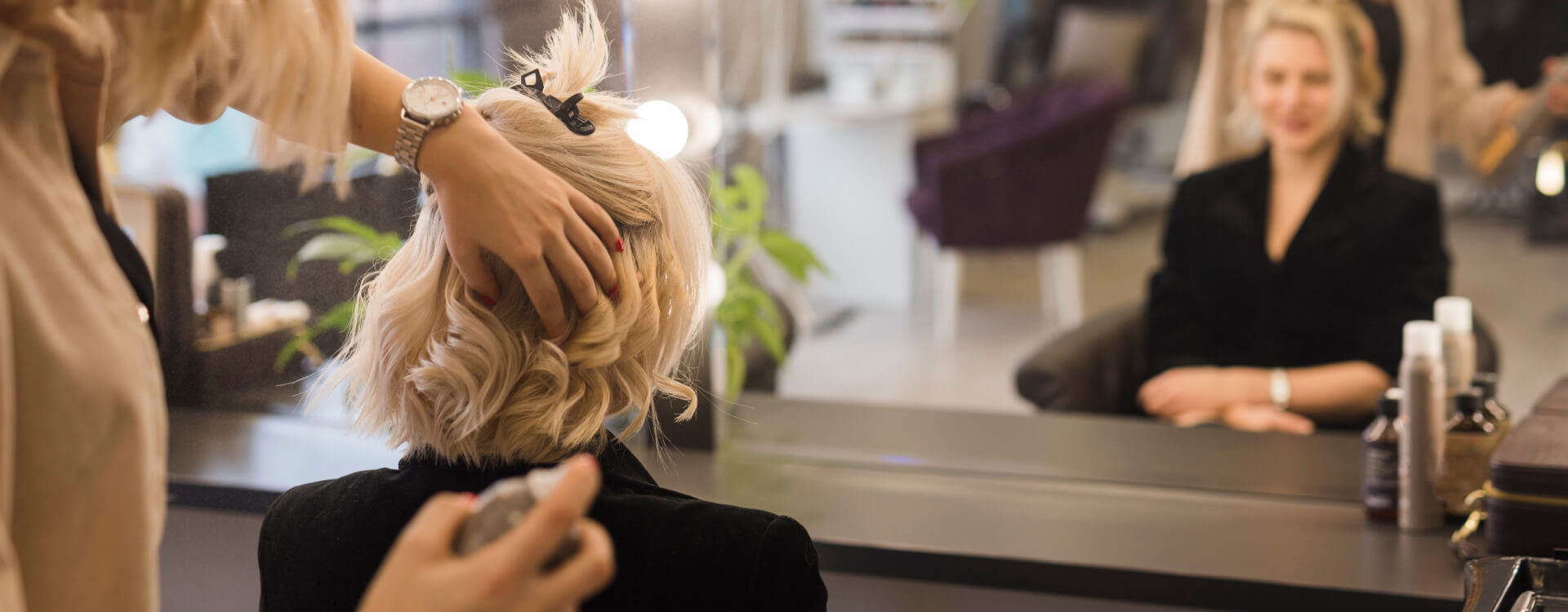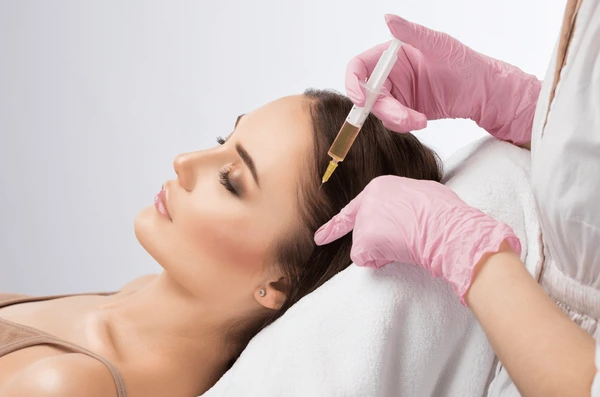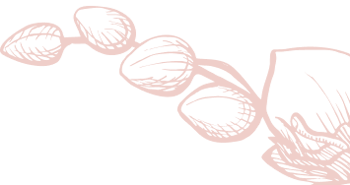
PRP Treatment Lucknow
Boost hair regrowth and skin rejuvenation with advanced PRP treatment in Lucknow. Our expert dermatologist uses safe platelet-rich plasma therapy to treat hair loss, acne scars, and dull skin effectively.
Book Appointment NowCall to book Appointment +91 8002558860

Boost hair regrowth and skin rejuvenation with advanced PRP treatment in Lucknow. Our expert dermatologist uses safe platelet-rich plasma therapy to treat hair loss, acne scars, and dull skin effectively.
Book Appointment NowTo understand how PRP works, it is important to know platelets' role in healing.
Platelets and white and red blood cells are blood components. When an individual sustains a cut or wound, the platelets exist as some of the body's "first responders" that reach to control the bleeding and promote healing.
Experimenters theorized that if they could extract concentrated platelets and inject them into damaged parts of the body, they could accelerate healing.
To produce PRP, a medical professional will collect blood and put it into a centrifuge machine. This machine spins rapidly, which splits the components of the blood. The medical professional then extracts the platelets-rich plasma for injection.
PRP contains growth factors and proteins that quicken tissue repair. As some kinds of hair loss result from injury to hair follicles, researchers originally hypothesized that PRP could help regrow hair by changing the process in androgenetic alopecia.
Since then, PRP has evolved into a popular method of restoring hair growth. In addition, Skin Specialist in Lucknow have also used PRP Treatment in Lucknow to treat damages to the tendons, muscles, and ligaments, such as those that individuals sustain during sporting activities.

The best dermatologist in Lucknow, Dr. Asma, offers advanced PRP treatment for skin and hair rejuvenation. Platelet-rich plasma therapy uses growth factors from your own blood to repair tissue, stimulate collagen, and promote natural regeneration. Ideal for hair fall, acne scars, and anti-aging, PRP delivers safe, natural, and long-lasting results with improved texture, tone, and overall vitality.
PRP (platelet-rich plasma) therapy for hair loss is a three-step medical treatment in which your blood is extracted, processed, and then injected into the affected area of the scalp.
PRP injections trigger natural hair growth and maintain it by increasing blood supply to the hair follicle and the hair shaft's thickness. Sometimes this approach is combined with other hair loss procedures or medications.
PRP therapy has been used since the 1980s. PRP is used to heal injured tendons, ligaments, and muscles.
Step 1: Collect the patient's blood. Less than two ounces (between 15 to 50 millilitres) is required for the procedure. The collection is virtually identical to the therapy process of giving blood for a blood test, with a collection needle inserted into a vein in the arm and the blood captured in a small vial.
Step 2: Centrifuge the blood and collect the platelets. A centrifuge is a machine that spins at high speeds. This movement physically divides the solid and liquid components of the blood: red blood cells (erythrocytes), white blood cells (leukocytes), platelets (thrombocytes), and plasma (liquid).
Regular blood contains about 200,000 platelets per millilitre, while platelet-rich plasma contains as much as five times that amount. The resulting three to seven millilitres of platelet-rich plasma will be collected in a syringe & injected immediately.
Step 3: Inject the PRP into the desired site. The final syringe of platelet-rich plasma will contain approximately 1-2 teaspoons of fluid. With the guidance of an ultrasound probe, the PRP will guide you to the proper location based on the nature of the injury treated.
You need to know that you may be at risk for some adverse side effects following PRP injections. While most of these are not severe, you should consult your dermatologist in lucknow if they persist or worsen.
You need to take specific steps before and after the treatment. The same is true of things you should avoid doing if you want to see results and reduce the likelihood of suffering from adverse effects.
-Hairs should be shampooed and conditioned before the process. It is clean and free of grease and dirt particles this way. Before the injections, it creates a sterile environment on your scalp.
- Drink at least 16 ounces of water and have a healthy breakfast. You won't likely feel queasy, lightheaded, or dizzy this way. However, be mindful that dermatologists will extract blood. So you should eat something before going if getting that done on an empty stomach makes you queasy.
- Go back to your routine. It would help if you didn't experience disability or discomfort after receiving PRP injections. Unlike other operations, you shouldn't feel sleepy or worn out after this one.
- Wash your hair unless the injection location is particularly sore or uncomfortable.
-Before getting your PRP injections, wait at least three days before using any hair products like gel or hairspray. You may get adverse effects later on as a result of this.
-If possible, avoid heavy drinking or smoking before an event. As a result, you could not be eligible for the operation since your platelet count will be much lower.
- For at least 72 hours following the PRP injections, avoid getting your hair coloured or permed. The abrasive chemicals will irritate the injection site and may result in problems. It also makes scalp pain worse.
The enriched plasma was created using the patient's blood. Therefore an allergic reaction is possible. The PRP is composed primarily of white blood cells, the body's natural defence mechanism against allergens. As a result, there is an incredibly little probability of infection.
In our facility, the average price for PRP hair treatment in India is between Rs. 3,500 and Rs. 10,000 per session. The following factors, among others, affect the cost of treatment:
What is the success rate of PRP?: The success rate of PRP therapy varies considerably. Much depends on the condition treated, the patient's health status, age, and treatment protocol. Success is also highly subjective and dependent on the patient's perception. Success rates reported in the literature have been largely anecdotal. PRP success in treating Hair Fall has been reported in up to 70-80% of some studies.
How long does PRP take to perform?: Depending on the number of areas treated, most procedures are completed in 30 – 45 minutes.
How many injections will I need?: This is no universal answer to this question. Typically 3 to 6 injections. Much of this depends on the chronicity and location of your problem. Some patients can successfully be treated with one injection, while others require multiple injections over some time to eliminate or reduce pain to an acceptable level.
About
About
With multiple skin and hair care clinics across Lucknow, including The Velvet Skin Centre led by Dr. Asma – the best skin doctor in Lucknow and a trusted hair specialist doctor in Lucknow – we make expert dermatological treatments easily accessible, ensuring you receive the best care close to home.
Phone: +91 8002558860
Phone: +91 8002558860
Phone: +91 8002558860

Copyright @ 2025 The Velvet Skin Centre All Rights Reserved